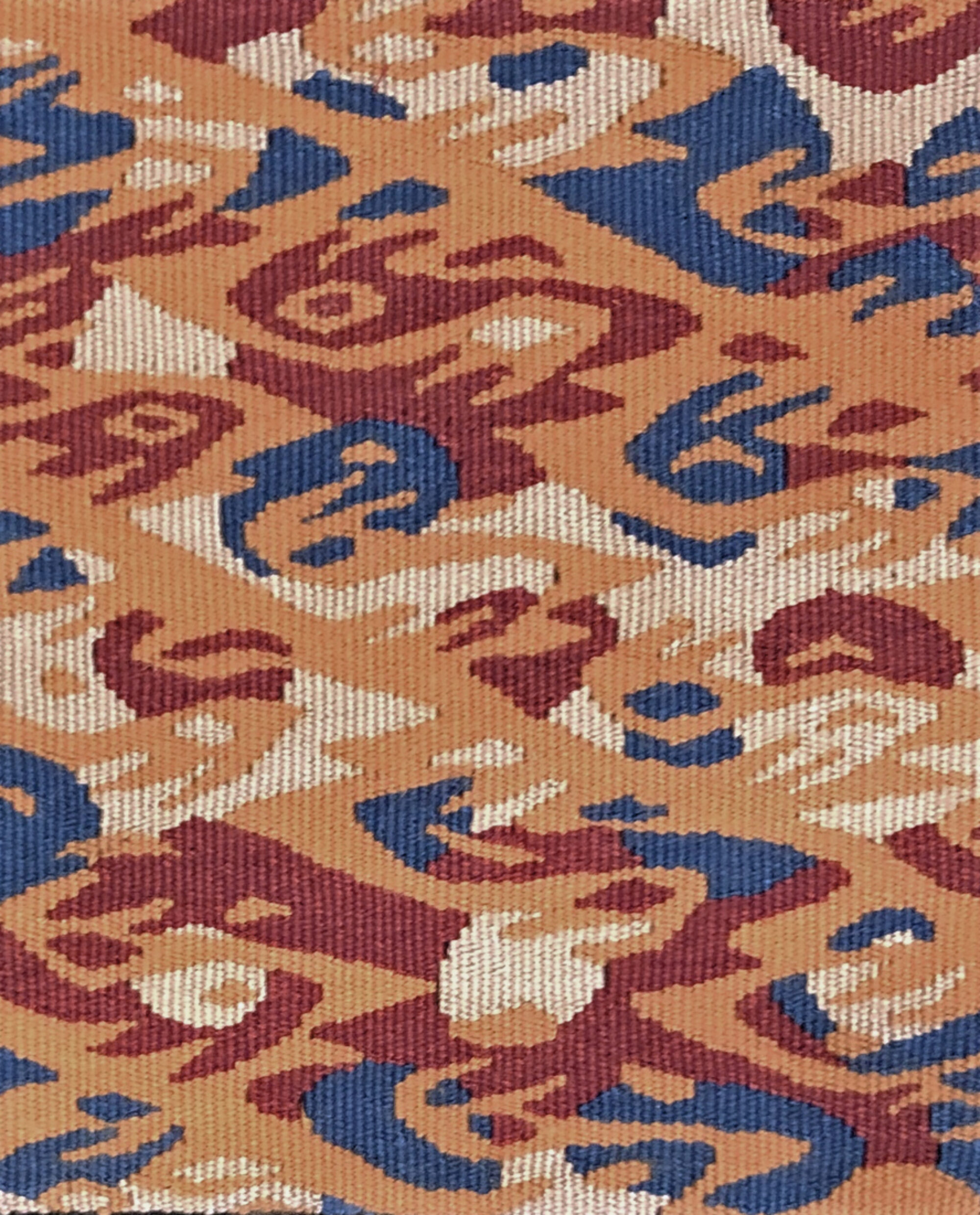This book review was first published in the September 1996 issue of the Seattle Art Museum Native Arts Council Newsletter.
The Longest Story Ever Told
Lela Kiana Oman, Carleton University Press, 1995
During the 1940s Lela Kiana Oman operated a roadhouse in Candle, Alaska. During the evenings Inupiat men would gather in the roadhouse to tell the stories that had been passed down through generations of their people. Many of these stories involved Qayaq, the twelfth son of a couple living on the Selawik River. He, like his other brothers, left his parents to go out into the world. He carried with him a gift from his mother – akutaq mixed with her blood – and a gift from his father – three small pebbles each with a magical word and a song of power. Bidding Qayaq farewell his mother instructed him to save the human race from evil. As a child Oman had heard stories from the legend of Qayaq. In the roadhouse in Candle, she encountered both familiar and new episodes of Qayaq’s wanderings.
Oman describes the legend of Qayaq as “the longest story ever told by my people… Qayaq’s life is so very long that it always took a storyteller one moon to tell it.”1 Qayaq lived in a mythic time when people were capable of transforming themselves into animals and many of Qayaq’s experiences involve encounters with animals in human form. He, too, is able to change form and this ability, along with the supernatural gifts of his father and the strength from his mother’s akutaq, come to his aid as he defends himself and others from evil. Many of the cultural beliefs and traits of the Inupiat people find their origins in Qayaq’s adventures. When he leaves his second wife, he discovers that she was actually a mountain sheep. Later his soul returns to take his child from this woman/sheep and this is the beginning of “choosing babies from all kinds of animals.” Other beliefs are exemplified in the life of Qayaq, for instance the ritual feeding and clothing of the dead and the importance of sharing wealth. While living with the caribou Qayaq learns that lazy men (those who do not wake early) can never be successful hunters. For the lazy man walks noisily and game is alerted to his presence.
In The Epic of Qayaq Lela Kiana Oman has taken on the difficult task of solidifying a diverse collection of oral tales into written form. Rather than developing a strictly linear narrative, Oman has retained many qualities of the oral tradition. The repetition of key points and events and the linking of other cultural legends to Qayaq’s journey recall the techniques of the storyteller and mirror the circularity and interrelatedness that mark Inupiat spiritual beliefs. The informality of the author’s voice reminds us that storytellers often addressed a diverse group. Oman’s compelling and enjoyable account insures that the book’s audience will also be broad and that Qayaq’s adventures will be remembered by both the Inupiat, and other, cultures.
End Notes
1 Oman, Lela Kiana. The Epic of Qayaq: The Longest Story Ever Told by my People. (Carleton University Press: Ottawa, 1995) 120.
